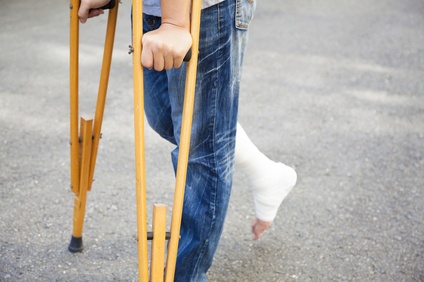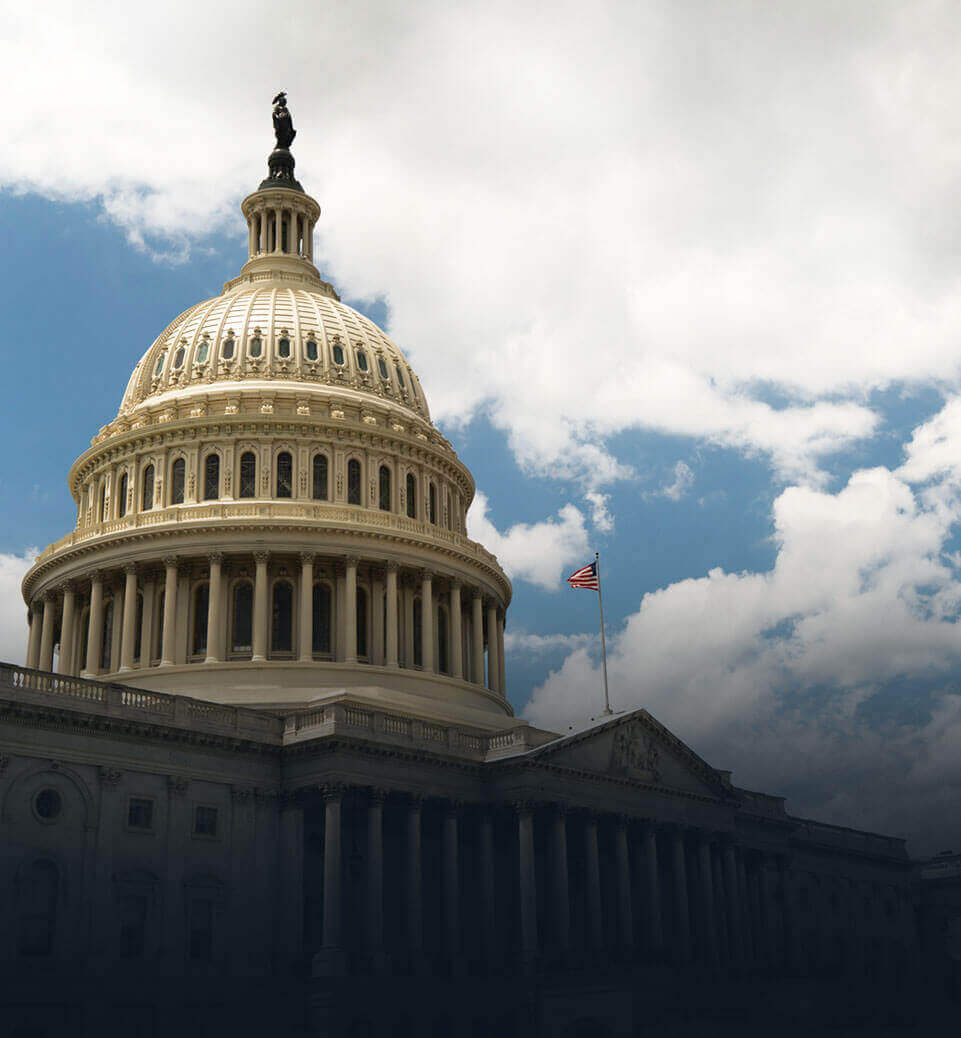|
|
Last Modified on May 08, 2017
A slip and fall accident can cause serious injuries and emotional distress. According to the National Floor Safety Institute (NFSI), falls are responsible for more than 8 million hospital visits in the U.S. per year.
If you have been injured in a slip and fall accident, it’s important to understand that the accident is not necessarily a shoo-in for a settlement. In order to win a slip and fall lawsuit against an individual or business entity, your slip and fall attorney must be able to prove certain elements.
Premises Liability
California Civil Jury Instructions (CACI) state that the plaintiff in a slip and fall suit must prove all of the following:
- The defendant owned, leased, occupied, or controlled the property;
- The defendant was negligent in the use or maintenance of the property;
- The plaintiff was harmed; and
- The defendant’s negligence was a substantial factor in causing harm to the plaintiff.
Items 1, 3, and 4 are fairly straightforward. Item 2, relating to negligence, is where the challenges often arise. How do you prove that the defendant was negligent in maintaining the property?
Basic Duty of Care
The Jury Instructions connect negligence to the notion of “reasonable care,” meaning a person who owns, leases, occupies, or controls property “must use reasonable care to discover any unsafe conditions and to repair, replace, or give adequate warning of anything that could be reasonably expected to harm others.”
The factors that might show a lack of reasonable care on the defendant’s part include:
Location
Was the slip and fall hazard in a high-traffic area? For example, a steel beam in the middle of a pedestrian pathway is a clear hazard, while the same steel beam on a 40-acre farm is more difficult to attribute to a lack of reasonable care.
Manner
Did you come on to the property in the same manner that one would expect you to? If so, this will make for a stronger case than if you had taken an unconventional route.
Likelihood
What was the likelihood of harm? This can very subjective, which is why it’s pivotal to have a slip and fall attorney on your side.
Seriousness
If there was a likelihood of harm, to what extent could the seriousness of that harm be? For example, a hazard that can cause a fatality is much more serious than one that could cause a paper cut.
Awareness
Did the defendant know, or should they have known, about the hazard? Let’s say you slip on a banana peel in the grocery store. While this was clearly a dangerous condition, the storeowner might not be at fault if a baby had dropped a banana peel on the ground just a few moments before you slipped on it.
Control
In many slip and fall cases, the defendant only needs to prove that they had taken reasonable measures—such as regular spot checks—to reduce or eliminate their accountability in the accident. Or, they can say they had no knowledge of the dangerous condition, which is what we often see in claims against a city or county.
These are just a few of the factors in determining whether a slip and fall defendant exercised reasonable care, and there are additional factors that can arise on a case-by-case basis.
California Slip and Fall Attorneys
If you have been injured in a slip and fall accident, don’t waste time and potentially harm your case by failing to consult an experienced personal injury attorney. The Law Offices of Belgum, Fry & Van Allen specialize in slip and fall cases throughout California. We can help conduct a site investigation, document the accident, gather evidence, identify parties at fault, and—most importantly—ensure that if someone is indeed responsible for your fall, they are held accountable. Get a free case evaluation today.






